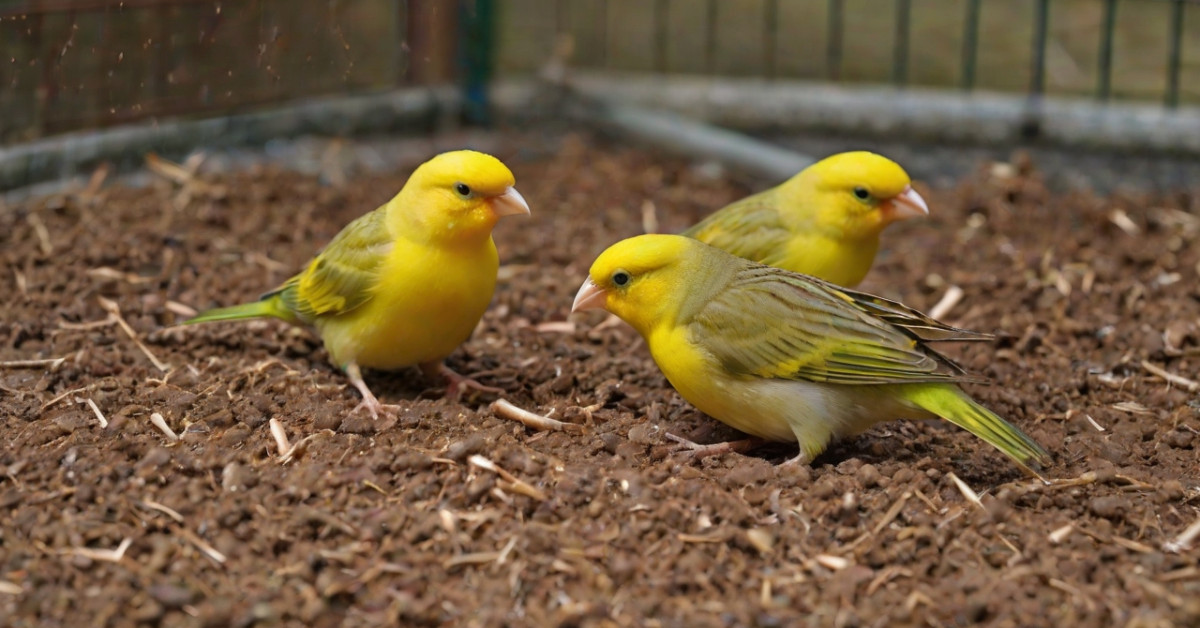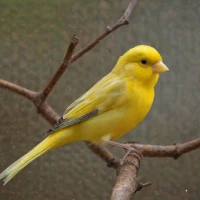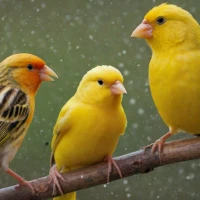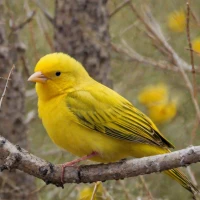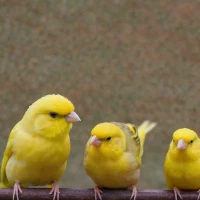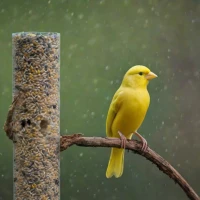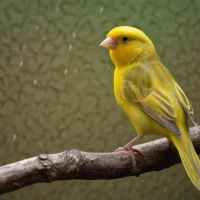Getting Ready for Baby Canaries: Essential Tips for Breeding Season
I’ll tell ya, preparing for breeding season with my domestic canaries was something straight outta a movie. Picture this: it’s a bright morning, the scent of fresh coffee filling my tiny kitchen, and my little feathered friends chirping away excitedly. It’s not just another day—it’s the beginning of breeding season and boy, what a rollercoaster it is!
Setting the Mood: Environmental Considerations
You’ve gotta think about the environment first. Canaries are finicky, right? They need the perfect setup to feel comfortable and ready to breed. I remember my friend, Jane, struggling with this last year. Her birds just wouldn’t mate until she switched up the environment a bit. She added extra perches and some soft fabric around the edges of the cage to mimic nesting materials.
Light Matters: Daylight and Artificial Lighting
Light is like, their thing. Natural daylight exposure or a quality full-spectrum light can make all the difference. Once, I mistakenly left the artificial light on for like, 15 hours a day. You wouldn’t believe the chaos that ensued. 🌞 Aside from cranky birds, it really disrupted their natural cycle. Research says that canaries need around 12-14 hours of light during breeding season.
Food Glorious Food: Diet and Nutrition
Here’s a fun fact: canaries are crazy about leafy greens during breeding season. It’s more than just seeds, y’know? You gotta mix in some veggies, hard-boiled eggs, and even a sprinkle of calcium. My buddy Paul once made this epic “canary salad” which included grated carrots, broccoli, and eggshells. He swears by it!
Nesting Know-How: The Ideal Set-Up
Nesting is where the real magic happens 🥚. I usually go for open wicker nests placed at strategic, secure points in the cage. Nesting material? Oh, the debate! I’ve tried everything from shredded paper to coconut fibers. Honestly, I think natural fibers work best. Another pal of mine, Lucy, uses soft cotton, which her canaries seem to adore.
Love Connection: Pairing Your Canaries
Pairing can be a bit tricky. There’s chemistry to consider. You can’t just throw two birds together and expect fireworks. It’s about observing their behavior. My canaries, Peanut and Butter, showed signs of bonding by grooming each other. That’s always a good indicator. How do you know if it’s working? You’ll see them spending a lot of time together, and perhaps, even some ‘love bites.’
Watching and Waiting: The Incubation Period
Ah, the incubation period—the waiting game. A brooding hen can be a nervous wreck, and honestly, so can you. Keeping the environment calm and quiet is essential. I remember one year, my cousin Tim came over with his boisterous kids. Needless to say, it wasn’t a good day for the eggs.
Raising the Chicks: From Hatching to Fledging
Once those eggs hatch, welcome to the whirlwind! It’s like having an infant that needs constant care. The chicks need warmth, food every few hours, and yes, a lot of patience. The parents usually do an excellent job, but sometimes, you might have to step in. A trick I learned: always have a hand-rearing formula on stand-by.
Troubleshooting Common Issues: When Things Don’t Go as Planned
Sometimes, things just go south. Eggs not hatching, chicks getting sick—there’s myriad of things that can go wrong. My neighbor Frank had this issue where none of his eggs were fertile. Turns out, his male was a bit too old. Always good to have a backup plan, right?
Final Thoughts: My Personal Reflection
Finally, taking care of canaries through the breeding season is more of an art than a science. Overall, pay attention to their needs, and you’ll find the experience incredibly rewarding. Thanks for reading, and I hope your feathered friends thrive! 🌟🐦 Don’t forget, every tiny chirp is a song of joy.
